Home>Ideas and Tips>How to Design a Butterfly-Shaped Vertical Garden with an Automated Care System
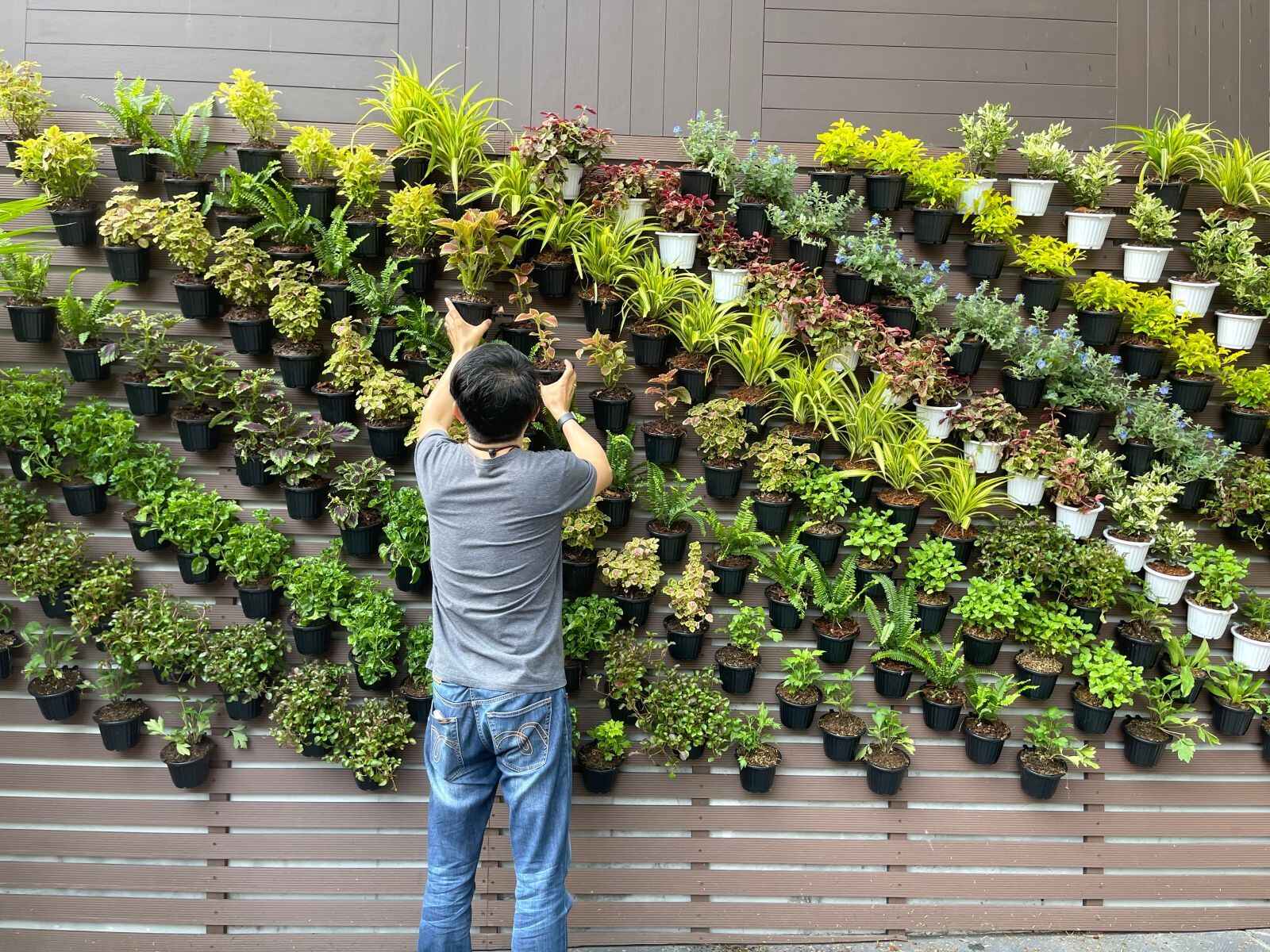

Ideas and Tips
How to Design a Butterfly-Shaped Vertical Garden with an Automated Care System
Published: September 22, 2024
Learn how to design a stunning butterfly-shaped vertical garden with an automated care system. Perfect for small spaces and easy maintenance.
(Many of the links in this article redirect to a specific reviewed product. Your purchase of these products through affiliate links helps to generate commission for Storables.com, at no extra cost. Learn more)
Creating a butterfly-shaped vertical garden is an innovative and visually appealing way to bring nature into your home or office space. Not only does it provide a unique aesthetic, but it also offers the benefits of vertical gardening, such as space-saving and improved air quality. In this article, we will guide you through the process of designing and building a butterfly-shaped vertical garden with an automated care system.
Understanding Vertical Gardening
Before diving into the specifics of designing a butterfly-shaped vertical garden, it's essential to understand the basics of vertical gardening. Vertical gardens, also known as "green walls," are an innovative approach to gardening where plants grow upwards, vertically, rather than horizontally across the ground. This method is particularly beneficial in urban environments where horizontal space is limited.
Read more: How To Design A Butterfly-Shaped Herb Garden
Key Elements of Vertical Gardens
- Gardening Structures: Unlike conventional gardens that spread out over flat ground, vertical gardens rely on structures such as trellises, frames, or panels to support plant growth vertically.
- Plants: The choice of plants is pivotal in vertical gardening. Plants should ideally be adaptable to growing conditions like light exposure and drainage specific to vertical settings.
- Design Considerations: Designing a vertical garden starts with assessing available space and light conditions. It also involves choosing appropriate plants that thrive in vertical environments.
Designing Your Butterfly-Shaped Vertical Garden
Designing a butterfly-shaped vertical garden requires careful planning to ensure that it not only looks beautiful but also functions well. Here are the steps you need to follow:
Step 1: Assess Your Space
Before starting your project, assess the space where you plan to install your butterfly-shaped vertical garden. Consider the amount of sunlight the area receives, as this will determine which plants you can use. Also, think about the size of the space and how much room you have for the structure and plants.
Step 2: Choose Your Plants
Selecting the right plants is crucial for a butterfly-shaped vertical garden. You want plants that are visually appealing and can thrive in a vertical environment. Some popular choices include herbs like basil and mint, vegetables like tomatoes and peppers, flowers like petunias and geraniums, and succulents like cacti and aloe vera.
Read more: How To Design A Butterfly-Shaped Rain Garden
Step 3: Plan Your Structure
The structure of your butterfly-shaped vertical garden is where the magic happens. You can use various materials like wooden frames, metal trellises, or even repurposed materials like pallets or old crates. The structure should be sturdy enough to hold the weight of the plants and any additional features like irrigation systems.
Step 4: Add Automated Care System
An automated care system is essential for maintaining your vertical garden without much effort. This can include automated irrigation systems, which ensure that your plants receive the right amount of water at the right time. You can also incorporate sensors that monitor soil moisture levels and adjust watering accordingly.
Building Your Butterfly-Shaped Vertical Garden
Now that you have planned your design and structure, it's time to build your butterfly-shaped vertical garden. Here’s a step-by-step guide:
Step 1: Prepare Your Site
Before constructing your vertical garden, ensure that your site is prepared. This includes clearing any debris from the area and ensuring that the surface is level and clean.
Step 2: Construct Your Frame
Using your chosen material (wooden frames, metal trellises, etc.), construct the frame of your butterfly-shaped vertical garden. Make sure it is sturdy enough to hold the weight of the plants and any additional features like irrigation systems.
Step 3: Add Planters
Attach planters or pockets to your frame where you will place your plants. These can be made from various materials like fabric panels or wooden slats.
Step 4: Install Irrigation System
Install an automated irrigation system that ensures your plants receive the right amount of water at the right time. This can include drip irrigation or a sprinkler system that is programmed to water your plants based on soil moisture levels.
Step 5: Add Plants
Plant your chosen plants in the planters or pockets attached to your frame. Make sure they are securely fastened so they don’t fall off over time.
Ideas & Inspiration for Your Butterfly-Shaped Vertical Garden
While designing and building your butterfly-shaped vertical garden, here are some creative ideas and inspirations to consider:
Repurposed Shoe Organizer Garden
Hang an old shoe organizer on a wall or fence to transform it into a vertical garden. Each pocket can accommodate a different herb, flower, or small vegetable. This approach highlights sustainability and makes excellent use of small spaces.
Frame Garden
Attach a wire mesh to the back of an old picture or window frame, then fill the gaps with moss and soil. Insert succulents or small flowers into the mesh for an eye-catching framed garden.
Vertical Herb Spiral
Create a winding, vertical structure out of stones or bricks. This layered design increases planting area and amplifies visual interest. Herbs thrive in this environment, benefiting from the varied sunlight exposure based on their placement in the spiral.
Gutter Garden Wall
Mount repurposed rain gutters horizontally on a wall or fence. This simple yet unusual idea is perfect for growing shallow-rooted plants like strawberries, lettuce, and herbs. The staggered configuration allows water to trickle from one gutter to the next, optimizing water use.
Paint Can Planters
Collect and reuse old paint cans as bold, industrial-style planters. Mount them directly to a wall or on a wooden board in a vertical display.
Stacked Wooden Crates
Stack wooden crates or boxes to build a modular, multi-level vertical garden. Each crate can hold different plants, and the open design facilitates excellent drainage and air circulation.
Maintenance Tips for Your Butterfly-Shaped Vertical Garden
Maintaining your butterfly-shaped vertical garden is crucial for its health and longevity. Here are some tips:
Regular Watering
Ensure that your plants receive the right amount of water based on soil moisture levels. Automated irrigation systems can help with this.
Fertilizing
Fertilize your plants regularly to ensure they receive essential nutrients for growth. You can use organic fertilizers to avoid harming beneficial insects like butterflies.
Pruning
Prune your plants regularly to maintain their shape and promote healthy growth. This is particularly important for plants that grow upwards like succulents and vines.
Monitoring Pests and Diseases
Regularly monitor your plants for pests and diseases. Use organic methods to control any issues that arise, such as neem oil for pests or copper-based fungicides for diseases.
Read also: 9 Incredible Vertical Indoor Garden For 2025
Conclusion
Creating a butterfly-shaped vertical garden with an automated care system is a rewarding project that combines aesthetics with functionality. By following these steps and incorporating creative ideas, you can transform any space into a lush green oasis that not only beautifies your surroundings but also contributes to a healthier environment. Remember to maintain your garden regularly to ensure its longevity and continued beauty.
By embracing vertical gardening and incorporating an automated care system, you are not only enhancing your living space but also contributing to a greener future. Whether you're a seasoned gardener or just starting out, this project offers endless opportunities for creativity and sustainability. So go ahead, design your butterfly-shaped vertical garden today and watch it flourish under your care
Was this page helpful?
At Storables.com, we guarantee accurate and reliable information. Our content, validated by Expert Board Contributors, is crafted following stringent Editorial Policies. We're committed to providing you with well-researched, expert-backed insights for all your informational needs.
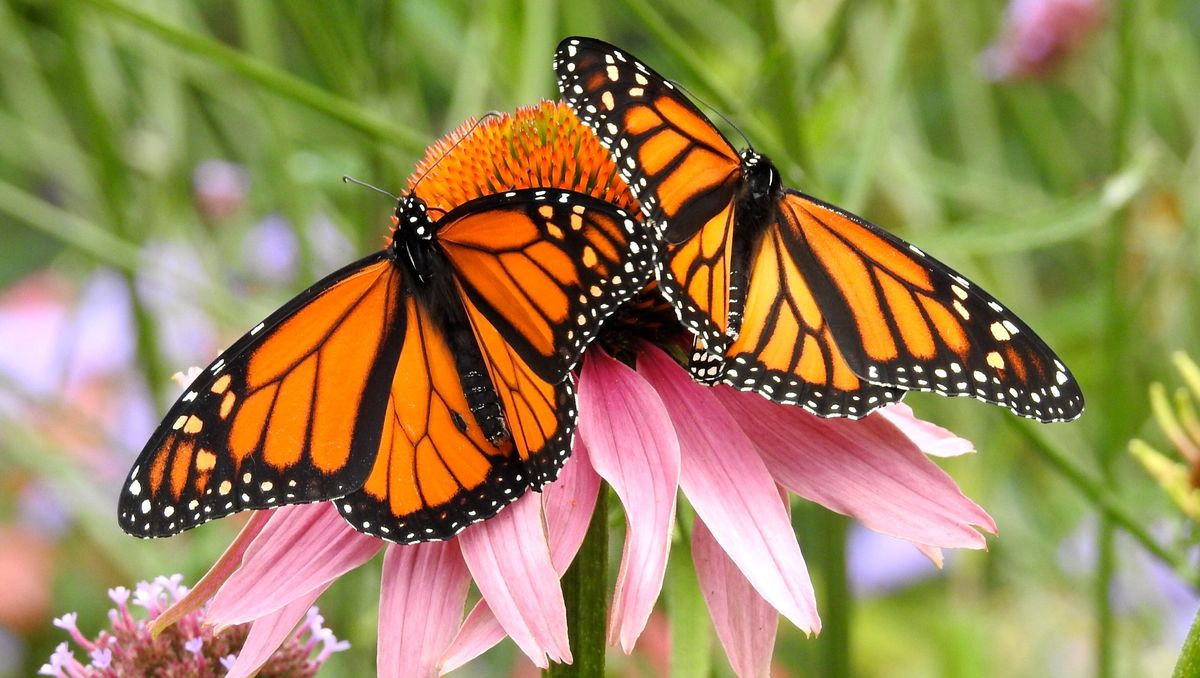

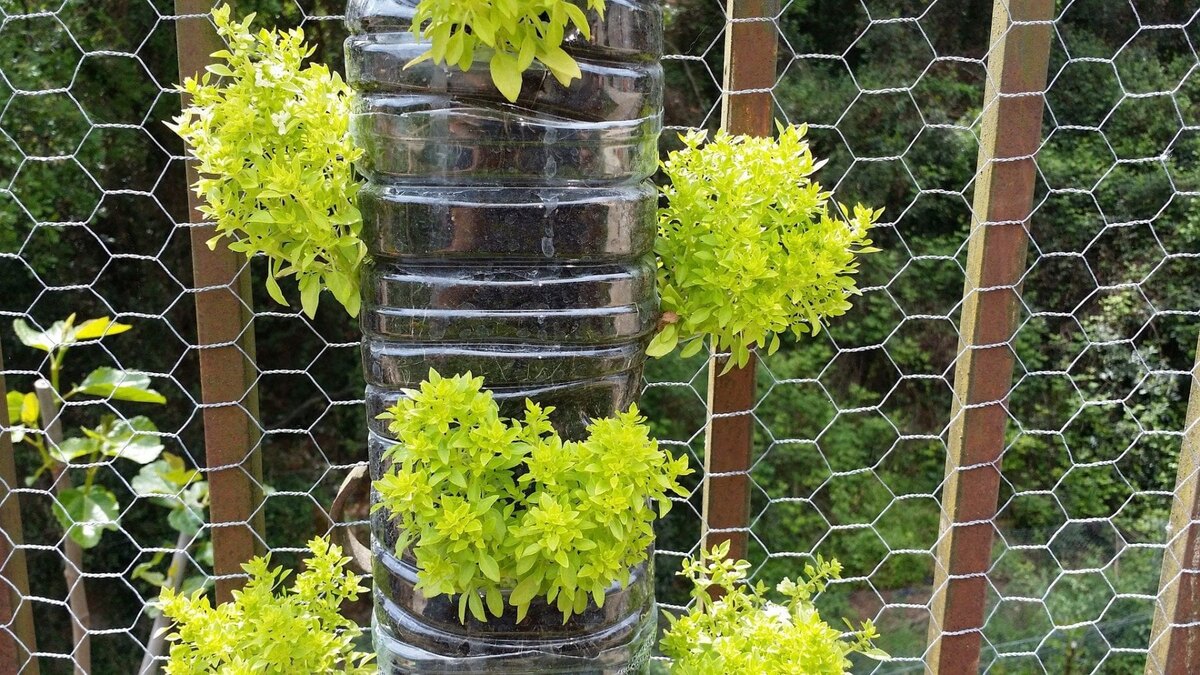
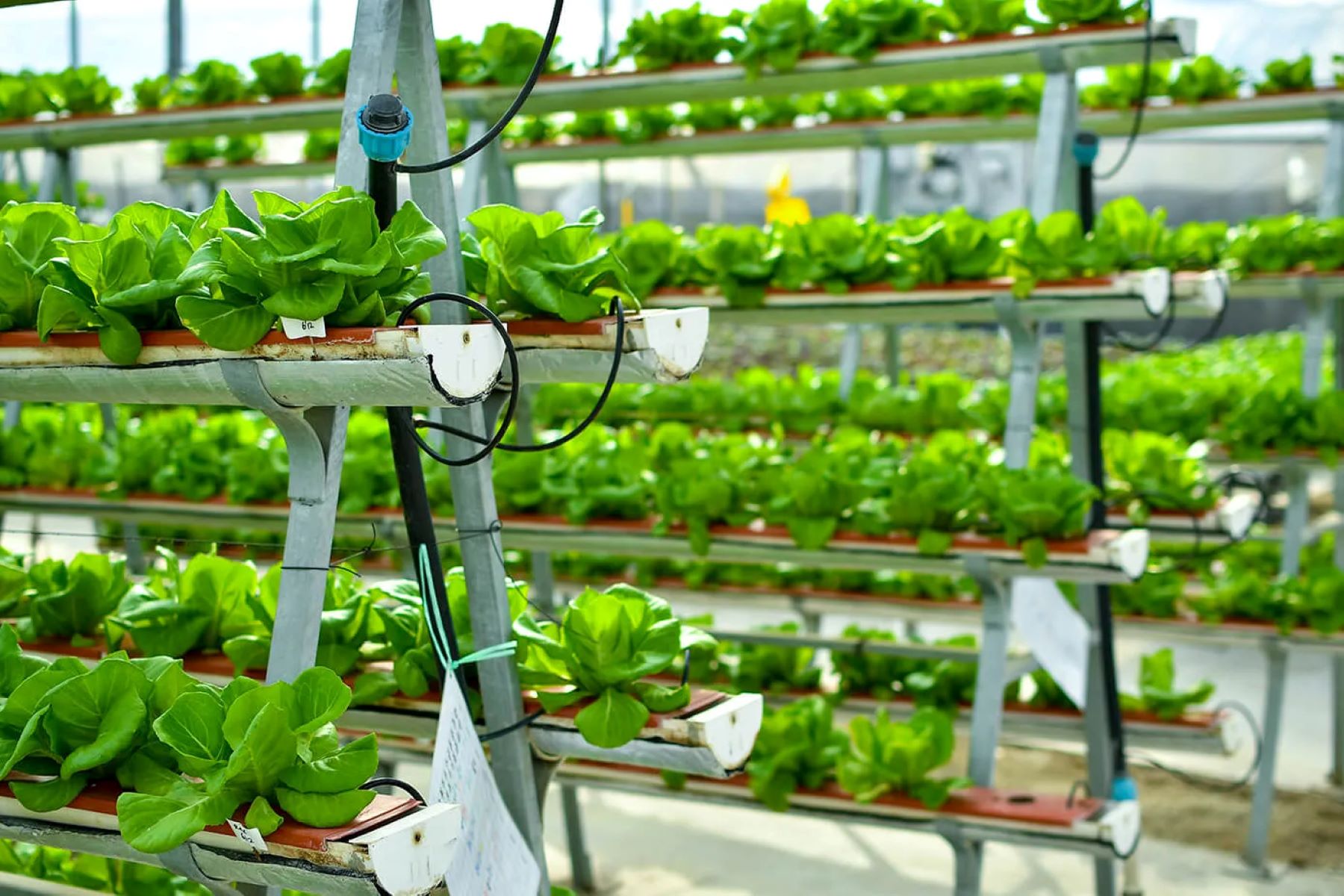

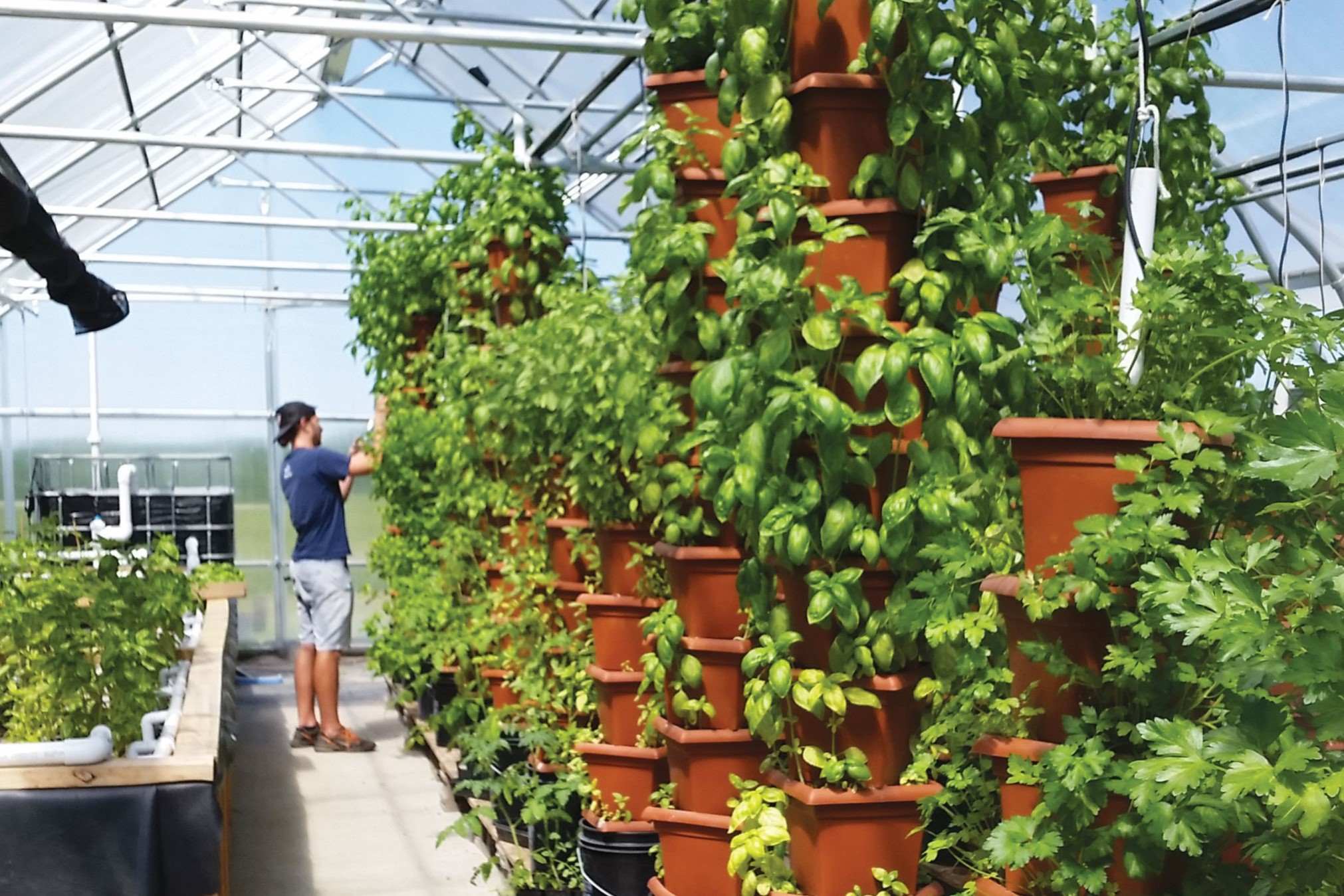
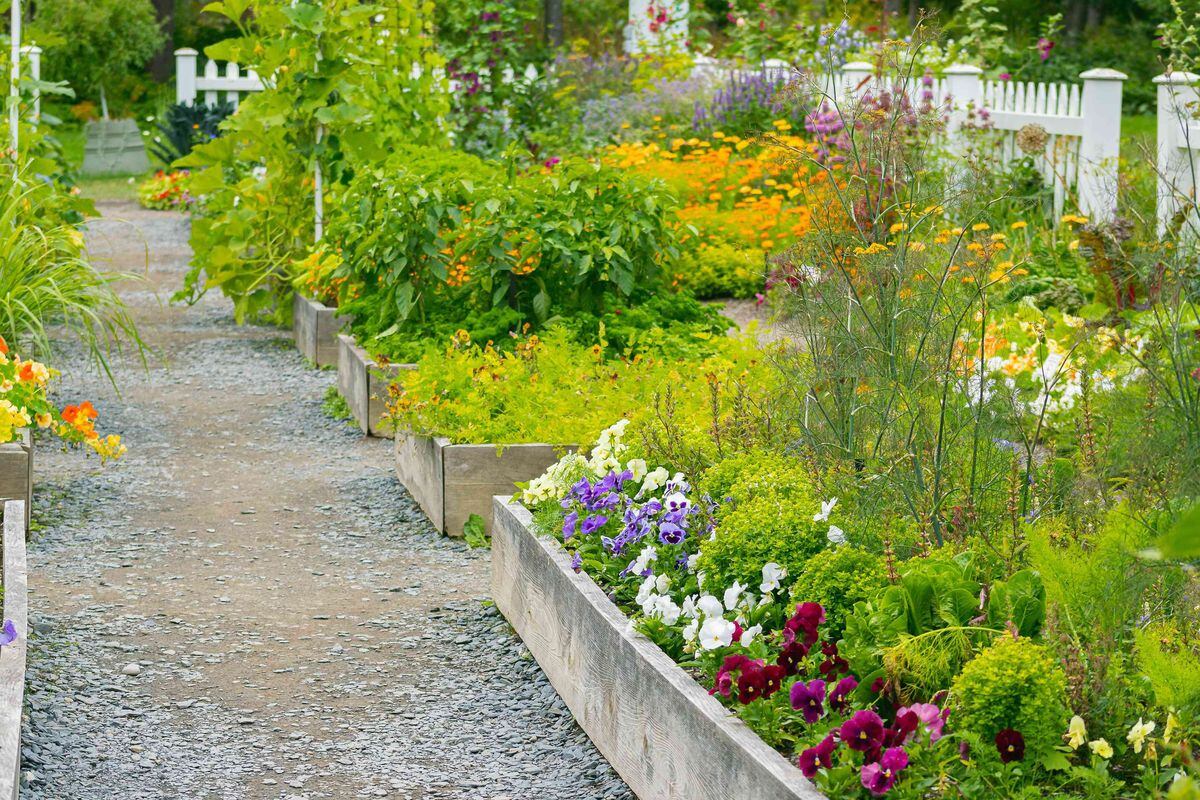
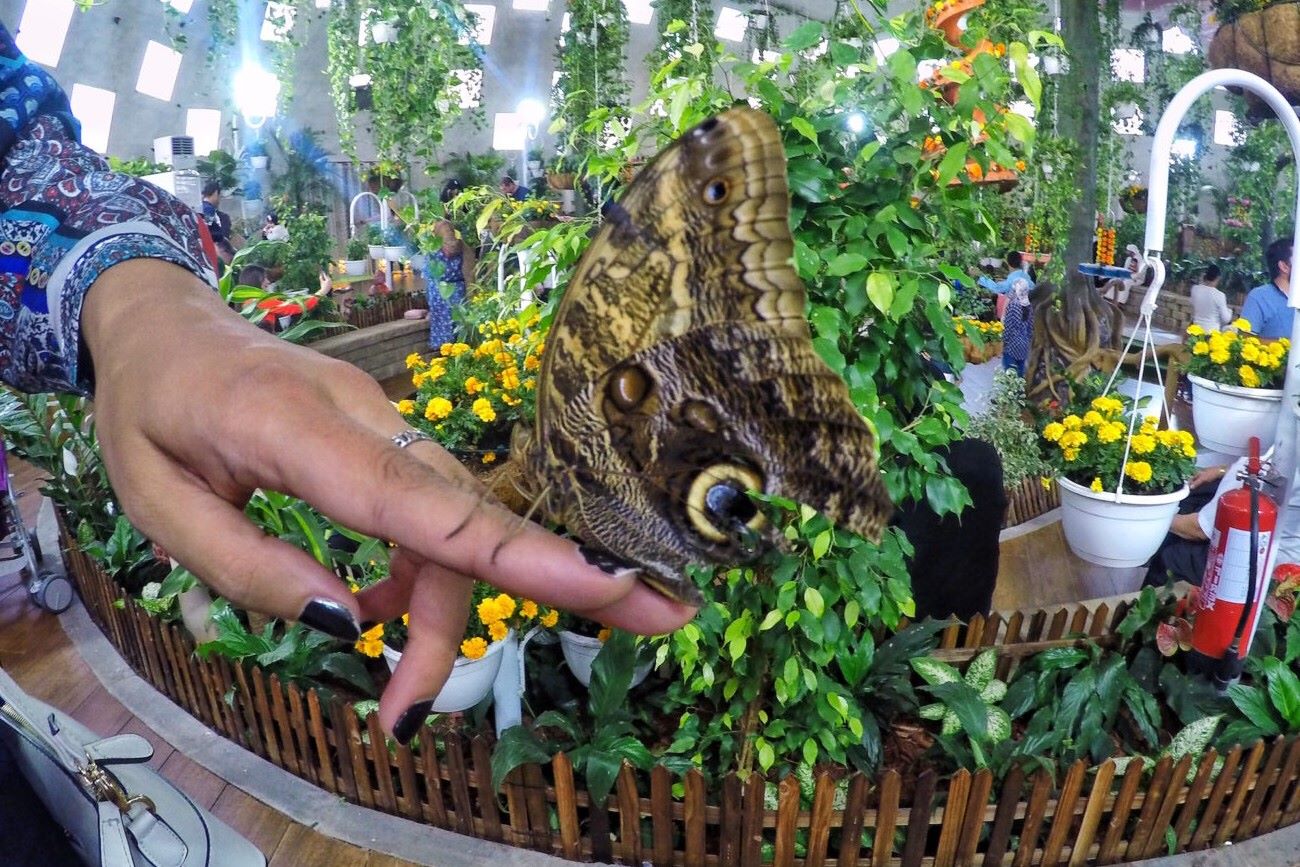
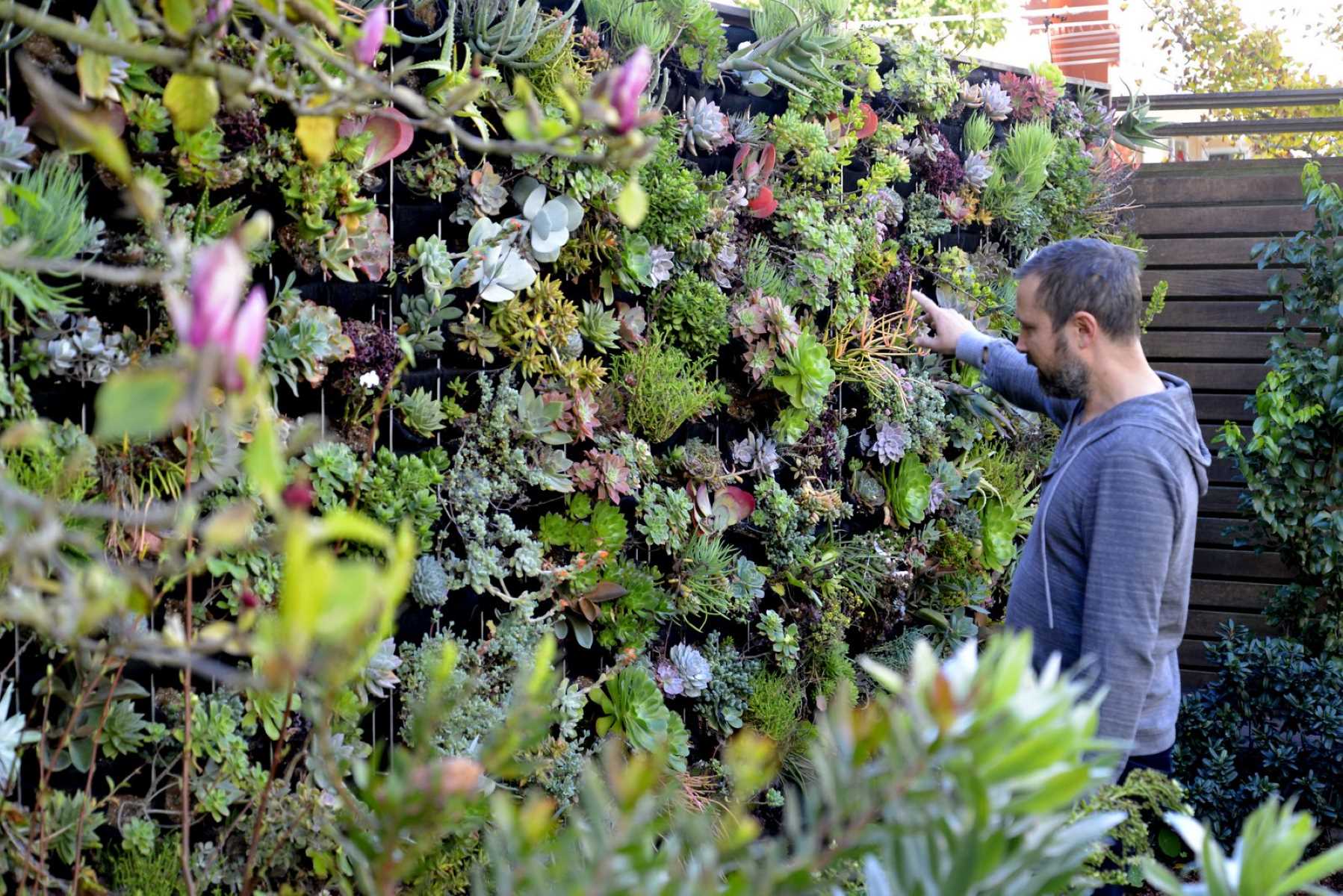

0 thoughts on “How to Design a Butterfly-Shaped Vertical Garden with an Automated Care System”